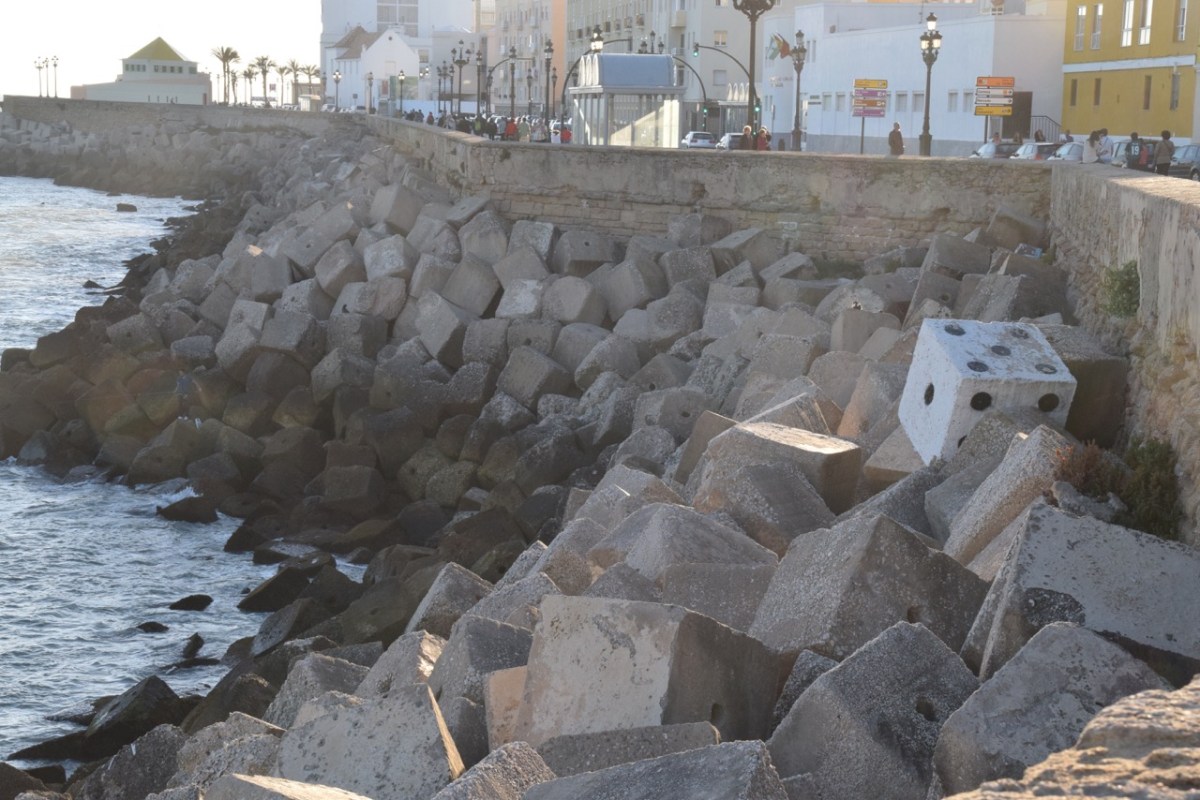The colors of Seville dazzle through a game of reflexes that from the shimmering water of the river Guadalquivir go through the narrow streets surrounded by the white painted houses below the blue sky of Andalusia. Walking in this city is a real sensorial experience where scents, images and sounds characterize the discovery of the city, making it a journey through time and life of extraordinary vital people always open and hospitable to foreigners. Seville is a multifaceted beautiful city to be experiences around the clock.
Do you want to experience the real atmosphere of Sevilla? then the best way to know the city is to walk and get lost in its streets and squares in the Barrio de Santa Cruz, whose name comes from the iron cross placed in the middle of the characteristic square of Santa Cruz. Between Tapas bar at the corners of whitewash houses and windows surrounded by beautiful plants and flowers, orange trees and typical churches which alternate with the typical houses of Flamenco that now populate the entire city offering shows around the clock.
Flamenco, the man suffering and passion transformed into powerful and exotic music and dance at the same time, powerful expression of what the strong but also tragic Andalusian feeling, from the intimacy of suffering to the happiness of life but also from violence to death.
Goethe wrote about Flamenco: “a physical force that everyone can hear but that no Philosophy can ever understand”.
The shows can be seen in many theaters and Flamenco schools such as the Casa del Flamenco (Ximenes de Engraved 28, Barrio Santa Cruz) but performances are also held in typical bars and concert venues as “La Carboneria” (c. 18 Levies, free entry) a former charcoal factory transformed into a concert hall with a bar attached and a beautiful entrance with a carved fireplace and a piano which possibly someone is already playing while others entertain themselves drinking Tinto de Verano, the Summer Wine ( red wine soda, ice and lemon slices)
From the Barrio de Santa Cruz, after a stop in one of the many authentic tapas place, you can easily reach the Cathedral Square, built in the 13th century with the intent, common for that time, to be a building so large that future generations would have considered their builders crazy.
Located right near the Alcazar, together with this one creates a mixture of Moorish and Gothic Christian style.
Entering the Cathedral you feel bewildered by its size and the beauty of the works of art such those preserved in the Sagrestia de los Calices as the painting of Santas Yusta and Rufin of Goya and various works of Murillo.
Inside the Cathedral is the grave of Christopher Columbus, whose remains were transferred from Havana to Seville in honor of the city from which Columbus departed to the continent that would have been America.
The monumental tomb consists of a coffin supported by four knights whose costumes representing the four great kingdoms of Spain. In reality is not yet known if the real remains are in Seville or Santo Domingo.
A little further away from the city center, in south direction, is the Plaza de Espana, built on the occasion of the Spanish-American exposition in the ‘20s.This is the place where the Sevillian love walking on the weekends between the balusters covered of azuleios and old trees and palm trees that hide the houses of ancient noble families around the Parque de Maria Luisa.
Just outside the park along the river Guadalquivir, is the Tower of Gold, formerly used as a watchtower and as a warehouse for the wares coming from the new colonies of Mexico and Peru. It is said that in times of wealth of the city, the dome of the tower was covered with golden tiles. Down the road heading north on Paseo de Cristobal Colon you reach the Plaza de Toros de la Maestranza real where is one of the most important bullfighting arenas in Spain, as in Ronda also here was introduced bullfight without horses and is a symbol of almost religious importance for lovers of these events.
During Spring, the Semana Santa and Feria de Abril drastically change the atmosphere of the city passing from the sad but typical Holy Week atmosphere to the festive and colorful experience of the feria de Abril.
Just a little curiosity: the old ancient ruins and magnificence of Seville will be the setting of the new series of Game of Thrones.
Tapeando is the verb the Spaniards use to indicate the action to go and eat tapas, small portions of food served as an accompaniment to a beer on a nice glass of wine. Originally consumed as an aperitif and introduction to dinner, it has become in Andalusia the real alternative to dinner, giving a chance to try different flavors and aromas hobnobbing with friends over a glass of Estrella beer.
Order tapas can though be a hard challenge, especially in the most popular bars, where you must make room jostling in the crows to make your order.
Never lose an eye on your toothpicks with which tapas are served, at the time to leave they will be counted to calculate the bill.
Among the specialties of Seville try:
Torta de aceite: focaccia with olives
Huevos a la flamenco: made with morcilla sausage, garlic, onions, tomatoes and a cover of egg
Churros: the deep fried dough that are the best way to end the Sevillian nights out.


